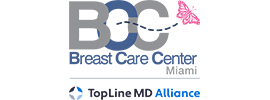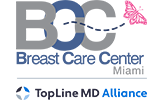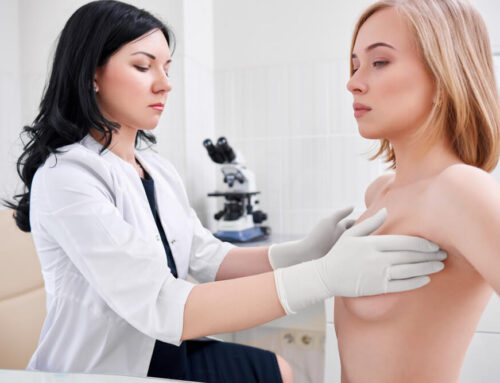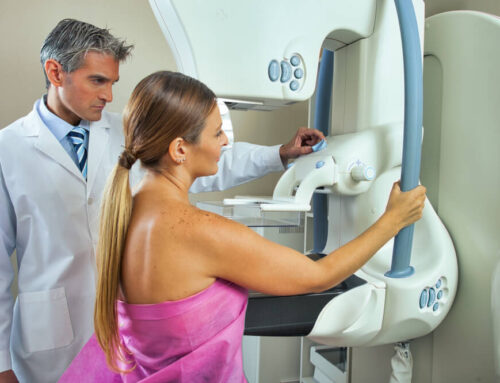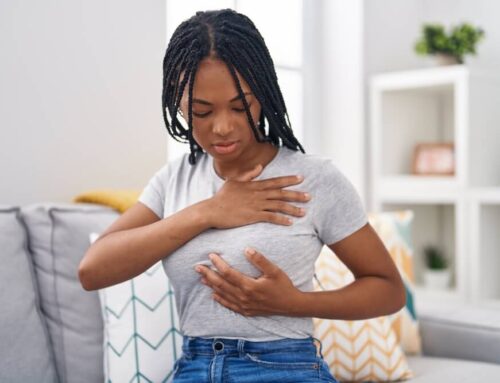Why Is Breast Cancer Prevention Important?
Breast cancer is the most common cancer in women around the world. Women in the United States have a 12% average risk of developing breast cancer, and not everyone can afford to pay for their treatment.
In this article, we look at breast cancer prevention programs and how other cancers can lead to breast cancers.
Treatment Can Be Expensive
Breast cancer continues to be a global burden, and it can cause physical, financial, and emotional strain on patients and healthcare systems.
Early detection can increase cancers’ likelihood to respond effectively to treatment. We also help our patients implement breast cancer prevention programs as they can be less costly than treatment plans. This is because:
- Breast cancer treatment can cost anywhere between $20,000 and $100,000.
- Screening led to a 38% decrease in mortality from breast cancer between 1989 and 2014.
- If you’re receiving treatment and have a child, you may need to cover child care expenses.
Our genes, lifestyle, and environment work together to increase or reduce the risk of breast cancer. Understanding what the symptoms and risk factors are can also help us prevent or detect other diseases.
What Are the Signs and Symptoms of Breast Cancer?
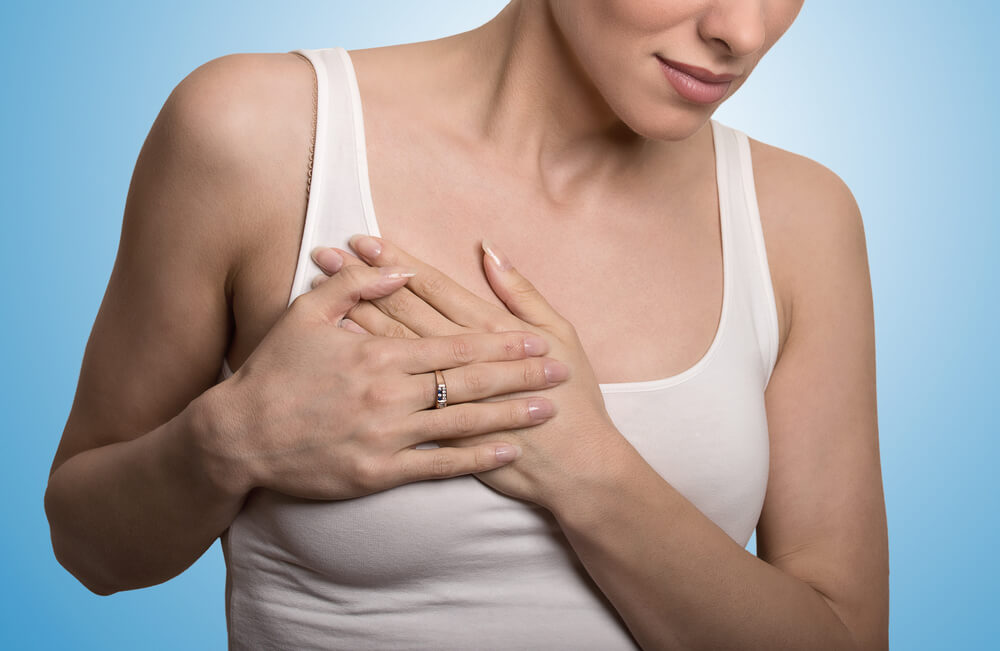
Both women and men can develop breast cancer, but it is more common in women. Signs and symptoms include:
- Pain.
- Nipple discharge, including blood.
- A change in the size or shape of the breast.
- Swelling and thickening of the skin.
- Redness or flaky skin.
- New lump that develops in the breast or underarm.
What Are the Risk Factors of Breast Cancer?
There are a lot of risk factors that can lead to the development of breast cancer. These include:
Non-modifiable Risk Factors
Non-modifiable risk factors are ‘uncontrollable’, because we can’t do anything to change or prevent them, for example:
- Age: The risk of breast cancer increases as women age. According to Breastcancer.org, women who are 50 years or above have a 1 in 43 probability of developing breast cancer, while those 60 or above have a 1 in 29 probability.
- Personal history of breast cancer: Women that have had breast cancer in one breast are more likely to develop cancer in the other breast.
- A family history of breast cancer: If you have a close relative that has been diagnosed with breast cancer, such as your mother or sister, you are at an increased risk of developing breast cancer. People with a strong family history of breast cancer may have the BRCA1 or BRCA2 gene, an abnormal gene that increases the risk of breast cancer.
- Skin cancer: A 2018 study found that if you have received a diagnosis for basal cell carcinoma (BCC), a common type of skin cancer, you could be at a higher risk of breast cancer.
- Radiation therapy: If you have had radiation therapy to your chest or breast before turning 30, you may be at a higher risk of developing breast cancer later in life.
- Having dense breasts: If you have dense breasts, doctors may find it hard to spot tumors on a mammogram.
Modifiable Risk Factors
Modifiable risk factors are ‘controllable’ and we can control them through breast cancer prevention programs such as medications or lifestyle changes. Some of the risk factors include:
- Obesity: Being overweight increases your risk of breast cancer.
- Sedentary lifestyle: If you are not physically active and spend long hours sitting in front of your computer screen, a sedentary lifestyle increases your risk of breast cancer.
- Poor diet: A 2005 study found that alcohol consumption and eating food rich in fat can increase your breast cancer risk.
- Smoking: Research shows that those that started smoking before age 17 had a 24% increased risk, while those that started smoking between 17 and 19 had a 15% increased rate.
Breast Cancer and BCC Prevention
Basal cell carcinoma (BCC) can develop when we expose our skin to the sun, and it can develop on the face, chest, shoulders, and back. The sun’s ultraviolet rays can damage our DNA, and as a result, this can lead to breast cancer as the genes responsible for repairing DNA damage mutate.
BCC can look like
- An open sore that does not heal.
- A red patch.
- A shiny bump.
- A scar-like area.
Keep in mind that BCC can resemble psoriasis or eczema in some cases, so it’s best to consult your doctor if you have the above symptoms.
The best way to prevent skin cancer is to limit the time you expose your skin to the sun. UVB radiation is what causes sunburns and blisters, which can then lead to skin cancer.
We recommend practicing BCC prevention by:
- Applying sunscreen.
- Avoiding using tanning beds.
- Using sun-blocking curtains, as the sun’s UV rays can travel through glass.
- Wearing protective clothing such as hats and sunglasses.
What Can You Do to Prevent Breast Cancer?
There are two types of preventive measures for breast cancer; primary and secondary.
Primary Prevention of Breast Cancer
This study mentions that the primary prevention of breast cancer involves health awareness and risk reduction through lifestyle modifications, so cancers don’t develop. For example, you can:
- Avoid smoking: Smoking can increase both your and other people’s risk of cancer. Nonsmokers that breathe smoke can also develop diseases.
- Avoid drinking alcohol: According to the American Cancer Society, women who drink should have not more than one drink per day. If you have two to three drinks, you’ll have a 20% higher risk of developing breast cancer than those who don’t drink alcohol.
-
- Stay active: The American Cancer Society recommends that adults get a 150-minute moderate-intensity or a 75-minute vigorous activity every week.
- Eat a healthy diet: We recommend adding chicken, whole-grains, vegetables, fruits, and food rich in fiber to your diet. Women with a history of breast cancer and that follow a low-fat diet have a low risk of developing cancer again.
- Breastfeed your children: In one study, researchers found that women that breastfed for 12 months had a 4.3% reduced rate of developing cancer. Not only that, but breastfeeding can also strengthen your child’s immune system.
- Stay active: The American Cancer Society recommends that adults get a 150-minute moderate-intensity or a 75-minute vigorous activity every week.
- Avoid sun exposure: Limit your skin exposure to the sun for BCC prevention.
Understanding the importance of screening tools is also another type of primary prevention of breast cancer. If you book a breast evaluation appointment with us, our clinicians can determine the nature of your symptoms.
We recommend getting a mammogram every year, as it can detect cancers in their early stages, and it will be easier to treat them.
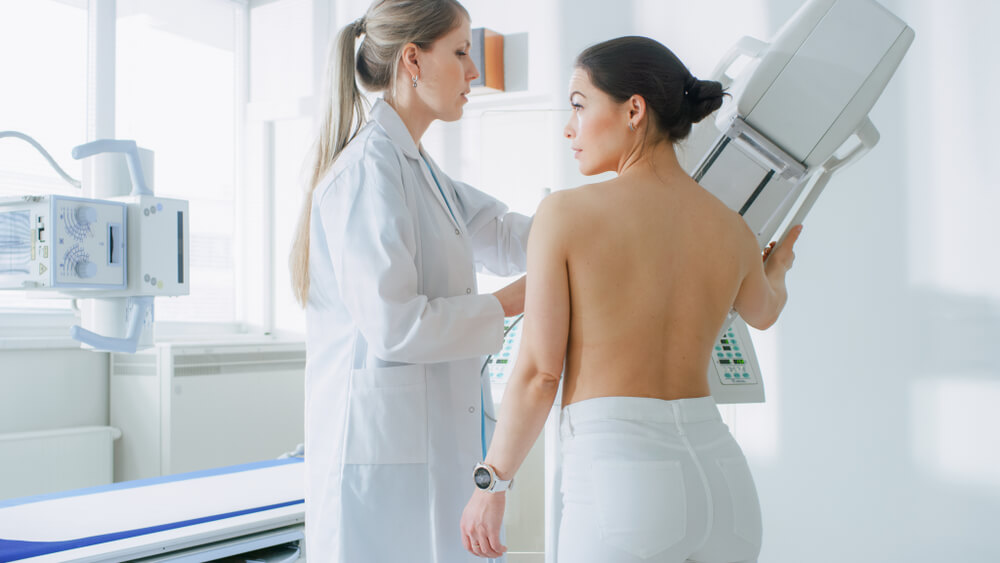
Secondary Prevention of Breast Cancer
This involves screening – when you get tested so your doctor can detect cancers before they appear. You can get a mammogram, a breast self-examination, and magnetic resonance imaging (MRI), among others.
Book Your Breast Screening Appointment Today
When was the last time you got your breasts screened? Screening can prevent symptoms from developing and detect other cancers or diseases. At Breast Care Center Miami, we offer personalized health care services for both men and women.
If it’s been a long time since you’ve had your breasts screened, or you think you’re at a higher risk of having breast cancer, book an appointment with us today.
References
Al-Amri, A. M. (2005). Prevention of Breast Cancer.https://www.ncbi.nlm.nih.gov/pmc/articles/PMC3410124/#:~:text=Primary%20prevention%20involves%20health%20promotion,modification%2C%20vitamins%20and%20micronutrients%20supplementation.
American Cancer Society. (2017). Cancer Prevention & Early Detection Facts & Figures 2017-2018. https://www.cancer.org/content/dam/cancer-org/research/cancer-facts-and-statistics/cancer-prevention-and-early-detection-facts-and-figures/cancer-prevention-and-early-detection-facts-and-figures-2017.pdf
American Journal of Managed Care. (n.d.). Study Links Smoking to Increased Risk of Breast Cancer. https://www.ajmc.com/view/study-links-smoking-to-increased-risk-of-breast-cancer
Breastcancer.org. (2018). Risk of Developing Breast Cancer. https://www.breastcancer.org/symptoms/understand_bc/risk/understanding
Centers for Disease Control and Prevention. (2020). What Are the Risk Factors for Breast Cancer? https://www.cdc.gov/cancer/breast/basic_info/risk_factors.htm
Collaborative Group on Hormonal Factors in Breast Cancer. (2002). Breast cancer and breastfeeding: collaborative reanalysis of individual data from 47 epidemiological studies in 30 countries, including 50302 women with breast cancer and 96973 women without the disease. https://pubmed.ncbi.nlm.nih.gov/12133652/
Cho, H. G., et al. (2018). Frequent basal cell cancer development is a clinical marker for inherited cancer susceptibility. https://www.ncbi.nlm.nih.gov/pmc/articles/PMC6129130/#:~:text=Interestingly%2C%20patients%20receiving%20a%20diagnosis,for%20BCC%20and%20internal%20malignancy.
Hanna, M. (2017). Important information for breast cancer prevention. https://www.mayoclinichealthsystem.org/hometown-health/speaking-of-health/important-information-for-breast-cancer-prevention

